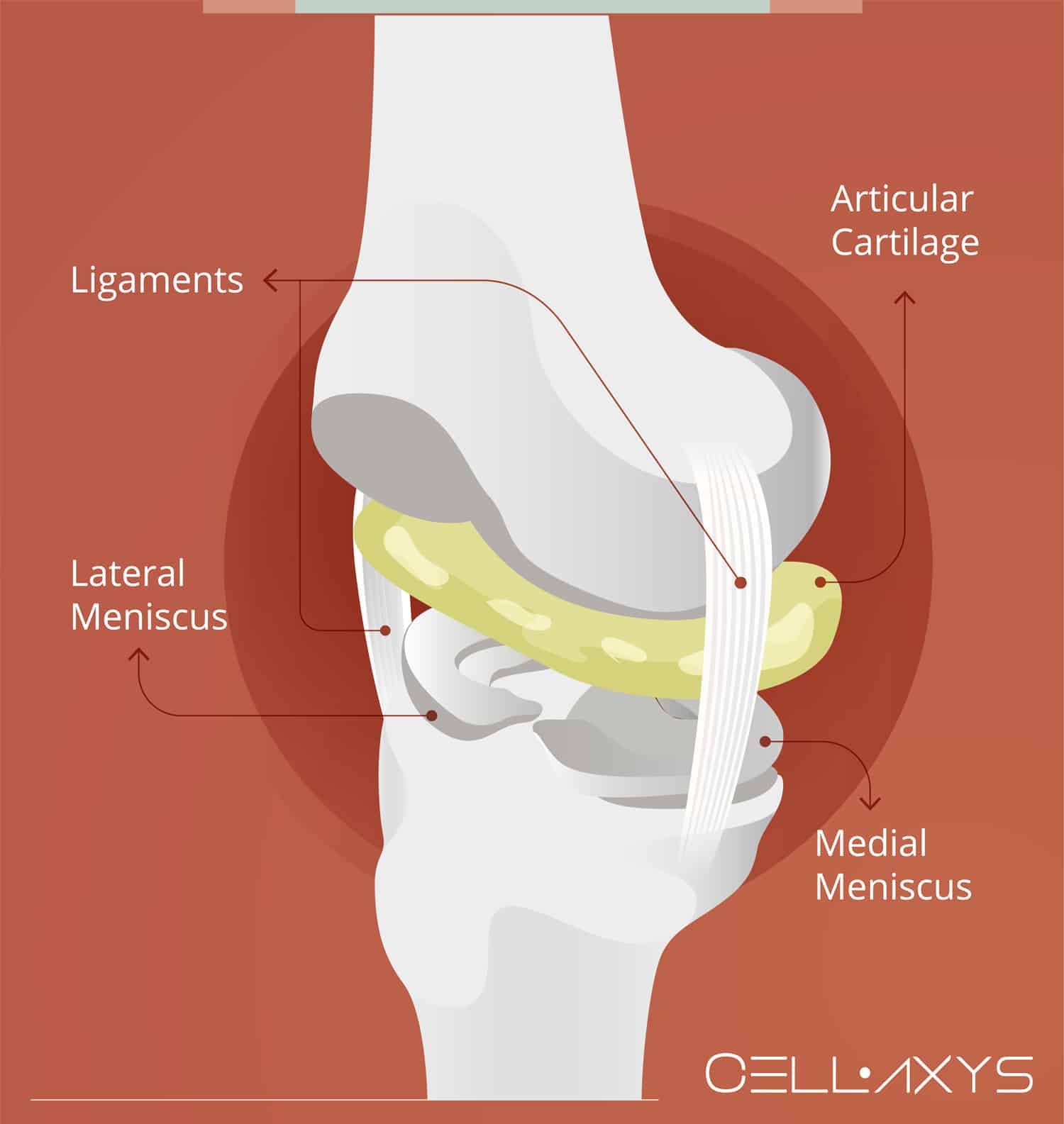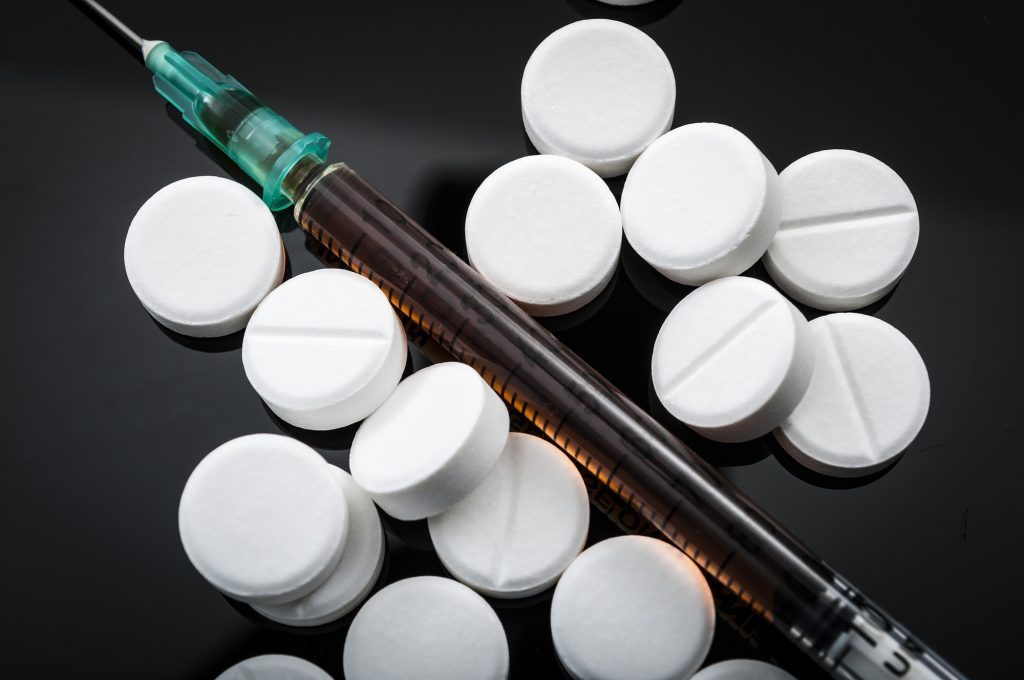Methadone is a medication that is primarily used in the treatment of opioid addiction. It works by reducing withdrawal symptoms and cravings, allowing individuals to stabilize their lives and engage in other forms of treatment. However, the use of methadone is highly regulated and there are specific guidelines that need to be followed.
Firstly, methadone can only be prescribed by authorized healthcare professionals, such as doctors or addiction specialists. These professionals must have the necessary training and qualifications to efficiently determine the appropriate dosage for each patient. The dosage is carefully calculated based on the individual’s opioid tolerance, previous treatment history, and overall health condition.
Patients who are prescribed methadone are required to follow a strict treatment plan. They must visit a licensed clinic or healthcare facility regularly for medication administration under the supervision of medical staff. This helps to ensure that the medication is being taken correctly and responsibly. Proper monitoring is essential to prevent any potential misuse or diversion of the medication.
Additionally, it is crucial for patients to engage in comprehensive addiction treatment programs while using methadone. This often includes counseling, therapy, and support groups. Methadone alone is not considered a standalone treatment, but rather a component of a broader approach to addiction recovery.
Long-term use of methadone may be necessary for some individuals, as it is a maintenance medication that helps to stabilize their lives and prevent relapse. However, the goal is often to gradually reduce the dosage over time and eventually transition the patient off of methadone completely.
It is important to note that methadone can have potential side effects and risks associated with its use. These may include constipation, drowsiness, nausea, sweating, and even addiction or overdose if not used properly. Therefore, patients must strictly follow the prescribed dosage and regularly communicate with their healthcare provider to address any concerns or issues that may arise.
In conclusion, methadone is an effective medication for the treatment of opioid addiction. However, its use is highly regulated and subject to specific guidelines. These guidelines include prescription by authorized healthcare professionals, regular supervision and monitoring, engagement in comprehensive treatment programs, and adherence to prescribed dosage. Overall, the proper and responsible use of methadone can significantly contribute to the recovery journey of individuals struggling with opioid addiction.
What pain medicine can you take with methadone?
Although methadone is an effective analgesic, it is generally preferred to select an alternative mu agonist opioid such as morphine, hydromor- phone or oxycodone, to provide analgesia in methadone-maintained patients.
What are the rules for methadone doses?
– Initial dose: 20 to 30 mg orally; an additional 5 to 10 mg may be given orally after 2 to 4 hours if withdrawal symptoms have not been suppressed or if symptoms reappear.
– Maximum initial dose: 30 mg.
– Maximum day 1 dose: 40 mg.
Can you take gabapentin with methadone?
The results showed that gabapentin is an effective adds-on therapy when is added to methadone. This drug leads to relief of withdrawal symptoms and lower methadone consumption.
What can you take for severe pain while on Suboxone?
Certain medicines can interact with your Suboxone and cause serious harm if taken together with your Suboxone. Generally, though, you are safe to take over-the-counter pain relievers like Advil and Tylenol. You may also want to try topical pain medications like lidocaine.
Is meniscus knee surgery worth it?
Surgery to repair a tear in the meniscus can relieve pain and improve knee function. Surgery may also help prevent long-term complications, such as osteoarthritis. Meniscus repair may be most successful: In younger people.
Is meniscus surgery a major surgery?
If a meniscus tear is considered appropriate for an attempt at repair, a number of techniques can be used. The surgery is primarily arthroscopic (minimally invasive) although additional small incisions, or cuts, may be necessary to perform the repair. A variety of devices or sutures can be used to perform a repair.
Will my knee feel better after meniscus surgery?
You should soon start seeing improvement in your knee. You may be able to return to most of your regular activities within a few weeks. But it will be several months before you have complete use of your knee. It may take as long as 6 months before your knee is strong enough for hard physical work or certain sports.

How long after a meniscus surgery can I walk?
Activity Uncomplicated meniscectomy Meniscus repair surgery
————————————————————— ————————– ———————–
Bear weight (put weight on your knee while standing or walking) Right away, as tolerated 0 to 6 weeks
Walk without crutches 2 to 7 days 4 to 6 weeks

Can you walk immediately after meniscus surgery?
Most people can walk with crutches soon after meniscus surgery. Many return to normal activities within six to eight weeks. Your healthcare provider may recommend low-impact activities rather than high-impact (such as walking rather than running).

